I’m always surprised at how lush and green spring is around Portland when the dogwood, rhododendron and hawthorns are in full bloom. Driving between bonsai gardens in the area provided ample opportunity to enjoy the season.
Even more striking is the amount of collected material in the area. Visiting bonsai gardens in Oregon means seeing Ponderosa pines, hemlocks, Douglas fir and Rocky Mountain junipers in numbers I haven’t seen anywhere else. This is due in large part to the efforts of Randy Knight, the area’s premier collector for bonsai material, as well as the efforts of the many Portland bonsai enthusiasts who collect and develop material on their own.
My recent tour through Oregon bonsai gardens with Eric Schrader would not have been possible without the generosity of these Portland enthusiasts who welcomed us to their gardens and taught us about the perks and challenges of growing trees in and near the Willamette Valley. To Alan, Lee, Scott, Greg, Michael, Matt, Chris, Robert, Ryan and Randy – thank you!
Below is a peek at some of these trees – more is on the way next week.
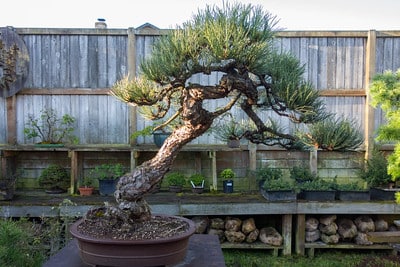
Ponderosa pine
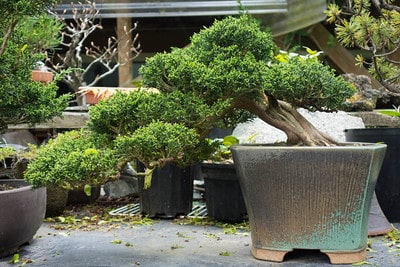
Shimpaku – Michael Hagedorn pot
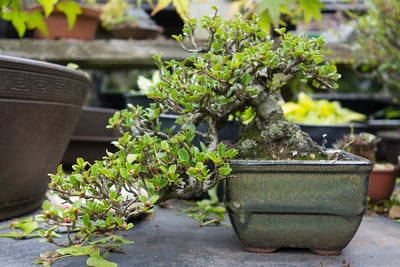
Cotoneaster
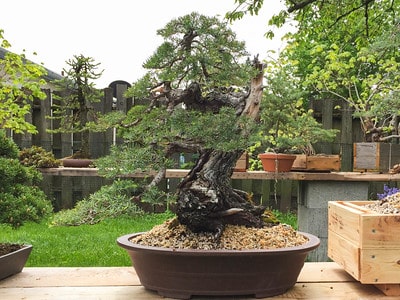
Hemlock by Matt Reel
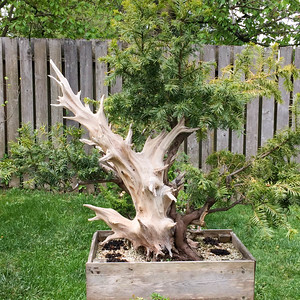
Yew by Matt Reel
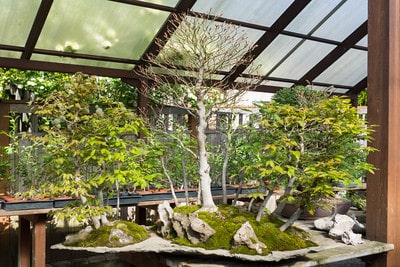
Beech forest
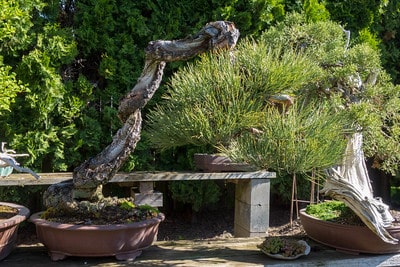
Ponderosa pine
Meco Bonsai/Kiku Tool Award, 2010 US National Bonsai Exhibit
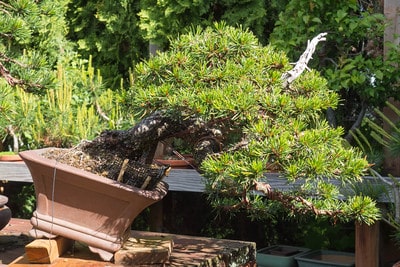
Lodge pole pine
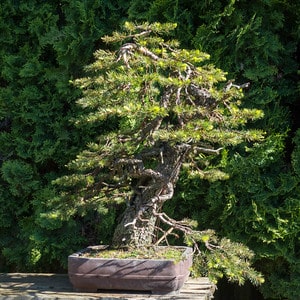
Douglas fir
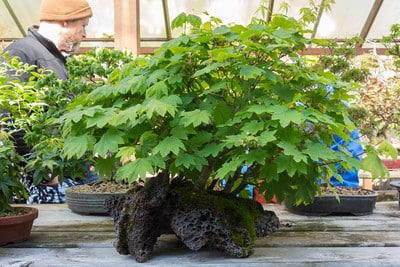
Vine maple
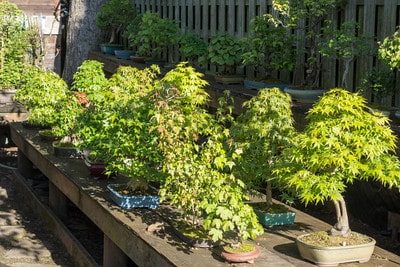
Deciduous bonsai
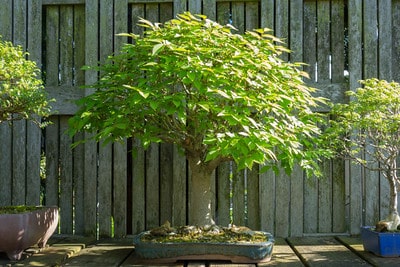
Zelkova

Shimpaku
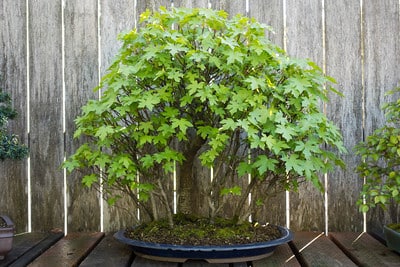
Maple
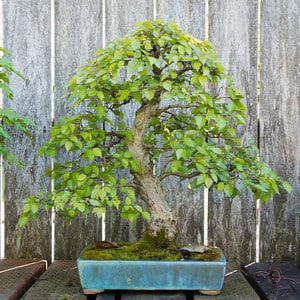
Korean hornbeam
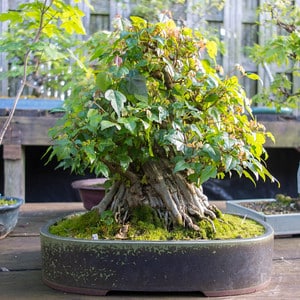
Trident maple a la Doug Phillips
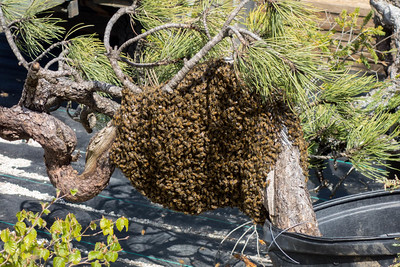
Bees
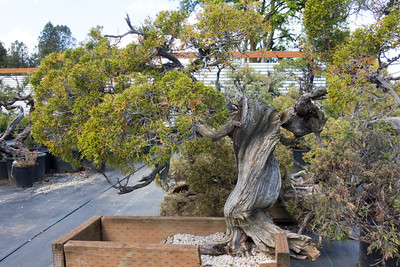
Utah juniper at Oregon Bonsai
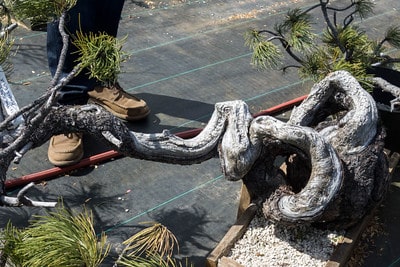
Ponderosa pine – I can’t imagine there’s a name for this style
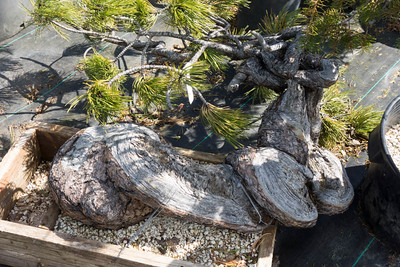
Ponderosa pine – awesome deadwood and movement
For more bonsai from these Oregon gardens, see Eric Schrader’s posts:
- Postcards from Portland part 1
- Postcards from Portland part 2
- Postcards from Portland part 3
- Postcards from Portland part 4
Subscribe to Bonsai Tonight
New Posts Delivered Every Tuesday and Friday
Marty says
Very nice. the pot by Micheal Hagedorn with the shimpaku is great.
Rechad Golamaully says
I would like to thank you for the wonderful pictures of the magnificent bonsai. Do you keep them out.door through out the year
Jonas Dupuich says
Most of these trees had some kind of shelter in winter. Some stayed on the benches, but most were kept under the benches or in cold frames or greenhouses for the winter.